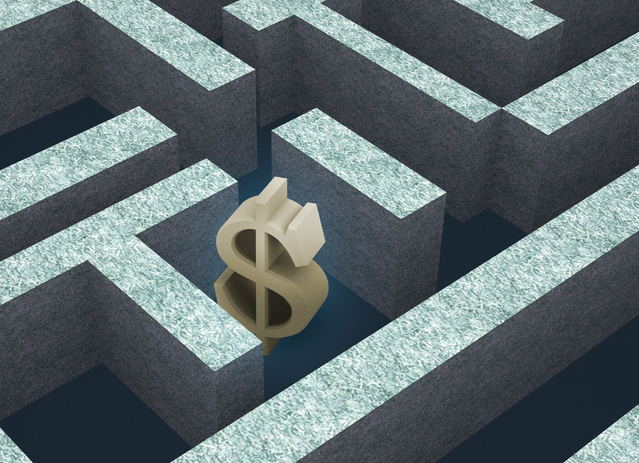
Is Apple stock cheaper than IBM’s? How do high yield municipal bonds compare to corporate high yield? Are stocks in Europe cheap compared to stocks in the U.S.?
Questions like these are on every active investor’s mind at the moment, and for good reason: Everything looks a bit expensive at the moment.
If it turns out that the U.S. is expensive compared to Europe, a relative value investor would sell U.S. stocks and buy European stocks. Relative value investing is a variant of the “law of one price,” which states that the same security should have the same price in all forms and in all markets. According to the principles of relative value investing, if two securities have similar properties and different prices, then you are better off holding the cheaper of the two.
In general, that’s a pretty good way to invest.
At my firm, our Investment Management team follows over 70 markets around the world and asks questions about how various markets compare to each other on a valuation basis. Currently, we think that emerging markets look relatively cheap to developed markets. We also believe that high yield bonds look relatively expensive compared to investment grade bonds. European government debt looks expensive relative to U.S. treasuries. Stocks in India look expensive relative to stocks in Brazil. If all we did was invest on a relative value basis, we could go out and make all these trades, but that’s not a great idea.
If you only look at prices at a given point in time, you might miss out on a very important insight: Almost everything—at the moment—looks expensive. So while high yield looks rich relative to U.S. investment grade corporate debt, both asset categories are expensive relative to their long-term valuation.
Consider the fairly simple insight for which economist Robert Shiller won the Nobel Prize: When prices are high in historic terms, future returns over the next 3-5 years tend to be low, and when prices are low in historic terms, returns tend to be high over the next 3-5 years. You might be slightly better off holding investment grade than high yield, but with historically high prices for both asset classes, Shiller would tell you to expect lower than historically average future return for both asset classes.
So, what do you do when everything looks a little bit expensive?
It’s tempting to feel safe buying what looks relatively cheap, but the problem is that it’s not necessarily going to get you the return you need. Sitting in cash isn’t a good idea either. The return on cash today is paltry; $100K in a CD paying an interest rate of 4.83% with a one-year maturity in 2006 got you around $4,380; today, the same amount invested in a one-year CD paying 0.7% will get you about $700. Also, there’s inflation. While inflation is running below 2% you might not be all that concerned; however, you are still losing ~2% in purchasing power each year.
When everything is expensive, the market is implying very different things about the future. When bonds are expensive, the market is implying slow future growth and at the same time high stock prices imply high future earnings growth for companies. Going back to the law of one price, when different parts of the market are expressing very different potential outcomes for the economy, we know one has to be wrong; there is only one correct future outcome.
You could sell everything in your portfolio that looks relatively expensive, but that will potentially leave you with a bet on a single market view. Instead of taking a single view, we recommend staying diversified, knowing that sooner or later a portion of your portfolio may take a hit while another portion of your portfolio may appreciate.
The lesson is that when everything looks expensive, the best defense is a diversified portfolio. Relative value investing may limit the hit that your portfolio might take, but it can’t substitute for a diversified portfolio. Purely relying on relative value investing can lead one to take large unintended bets, which, if wrong, can cause sharp losses.
International and emerging market investing involves special risks such as currency fluctuation and political instability and may not be suitable for all investors.
Bonds are subject to market and interest rate risk if sold prior to maturity. Bond values will decline as interest rates rise and bonds are subject to availability and change in price.
High yield/junk bonds (grade BB or below) are not investment grade securities, and are subject to higher interest rate, credit and liquidity risks than those graded BBB and above. They generally should be part of a diversified portfolio for sophisticated investors.
CDs are FDIC Insured and offer a fixed rate of return if held to maturity. Past performance is no guarantee of future results.
There is no guarantee that a diversified portfolio will enhance overall returns or outperform a non-diversified portfolio. Diversification does not protect against market risk.

